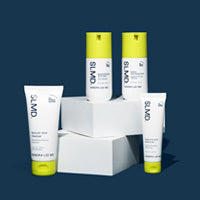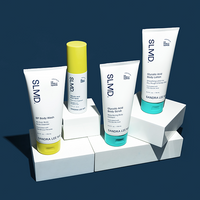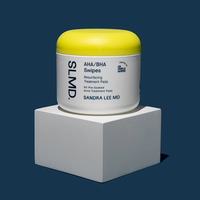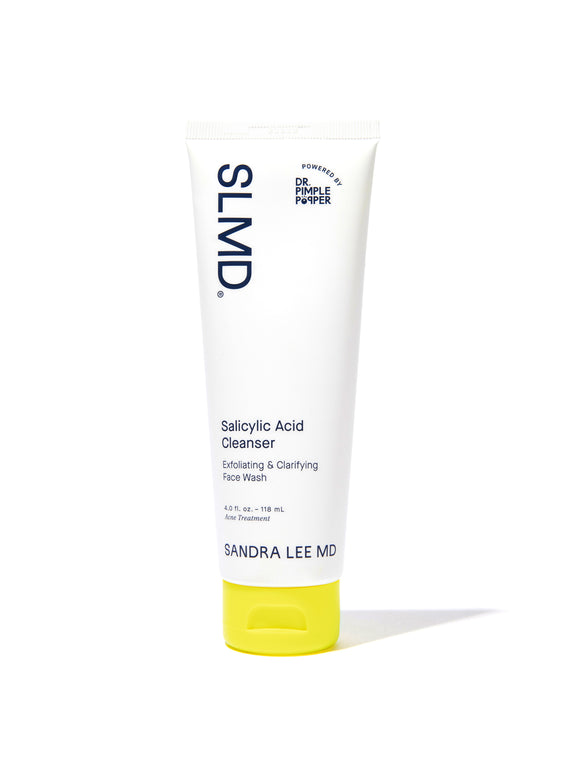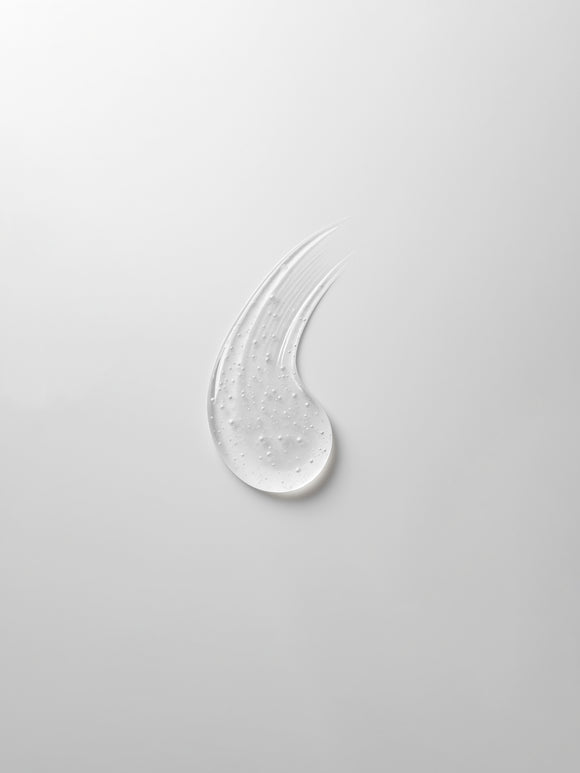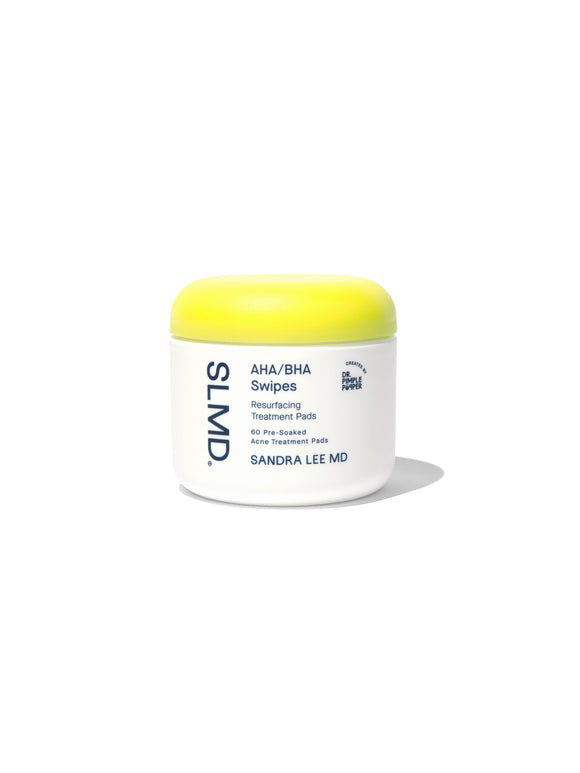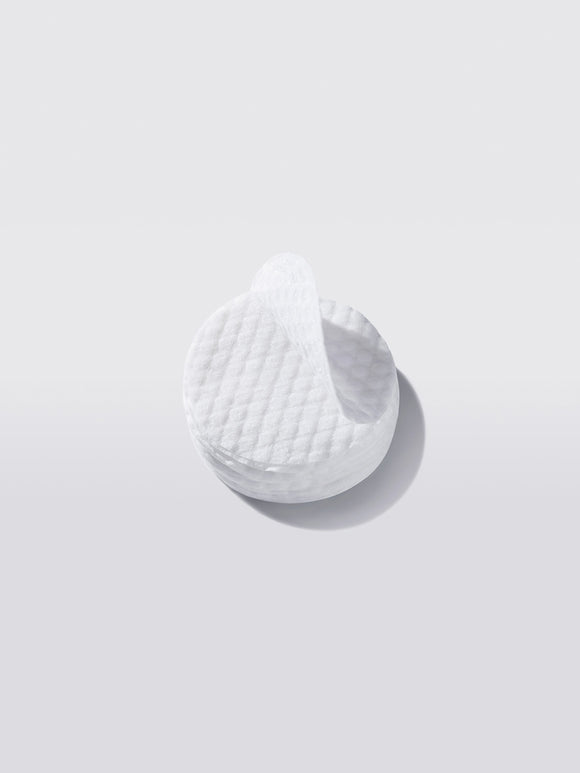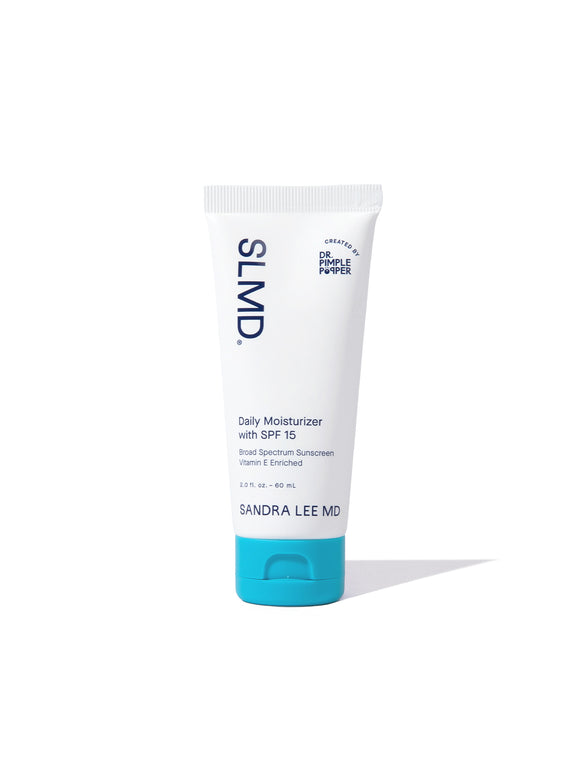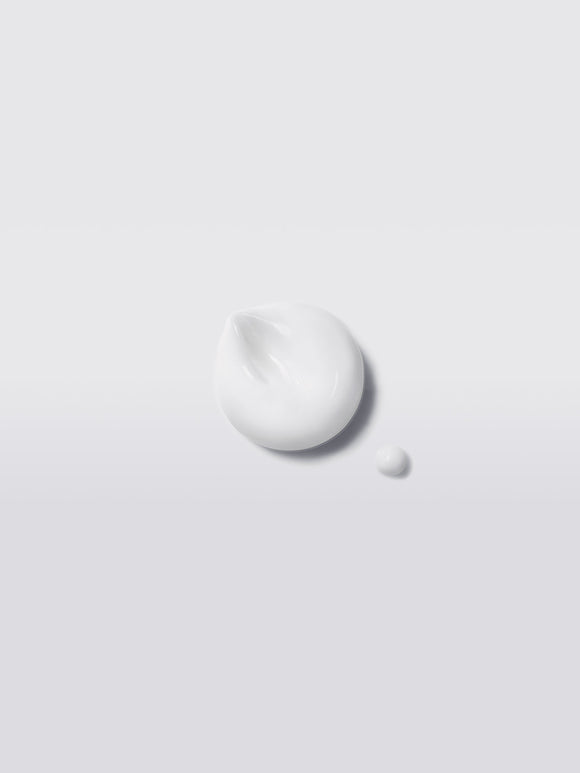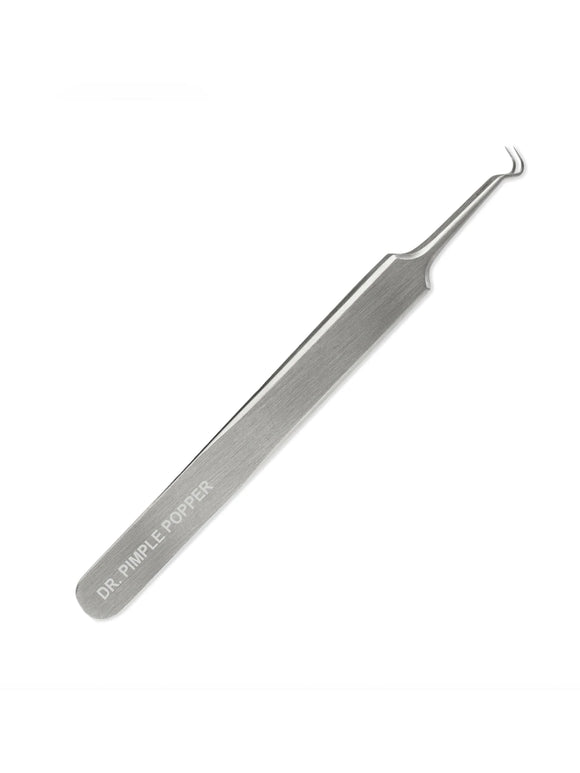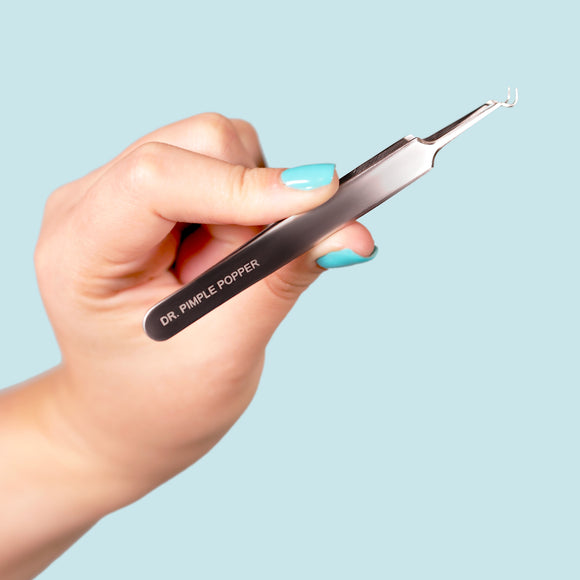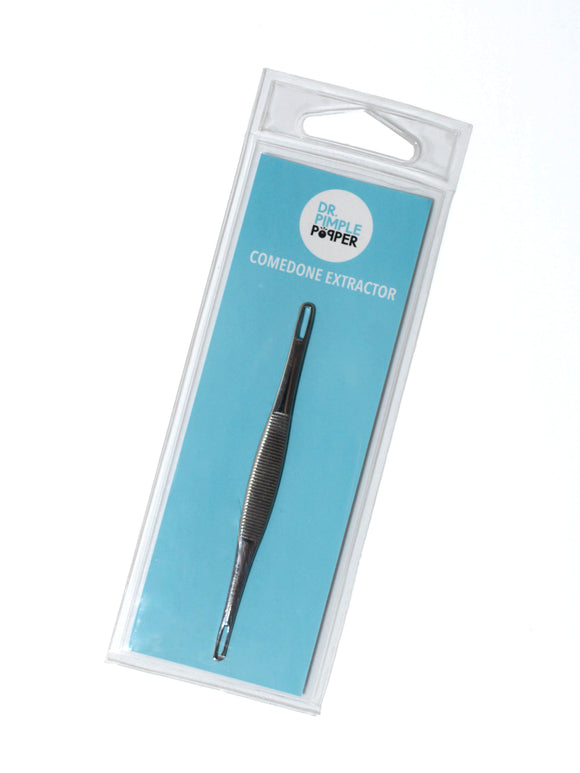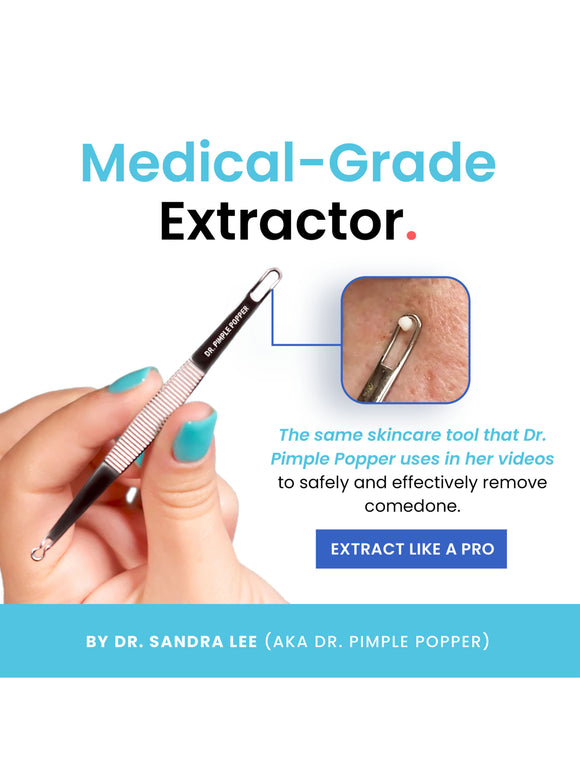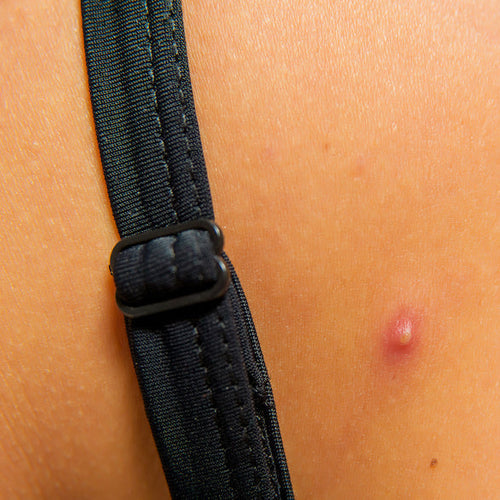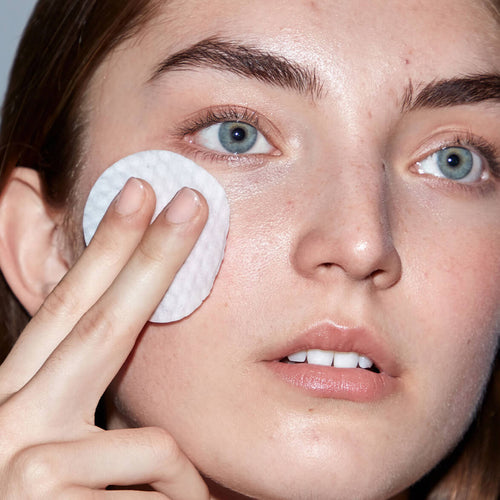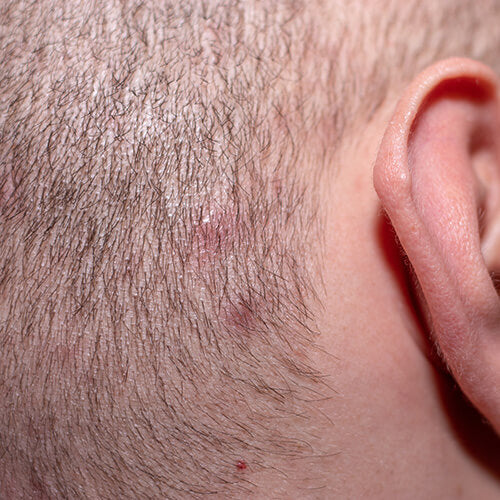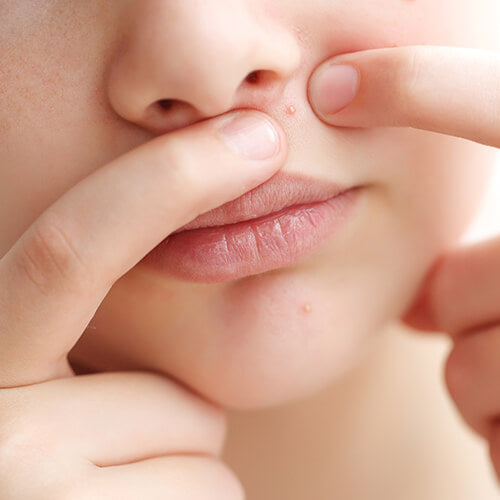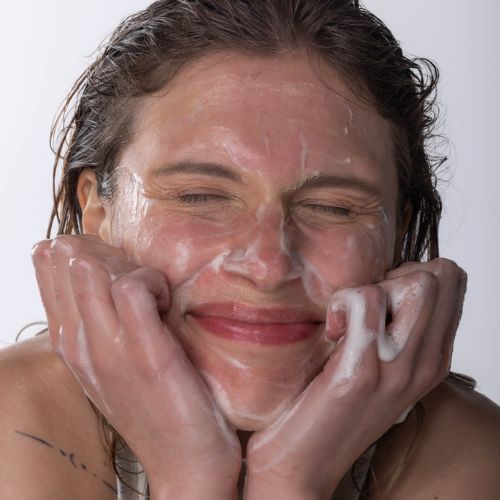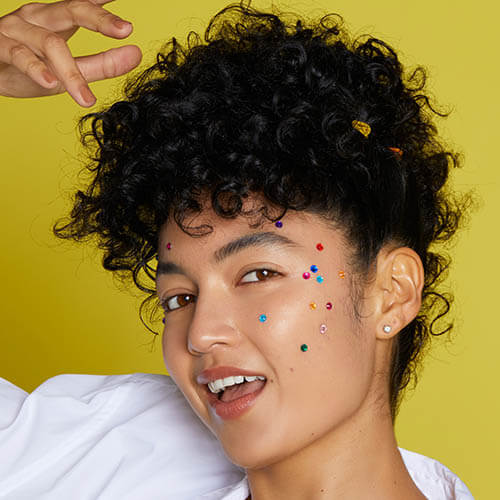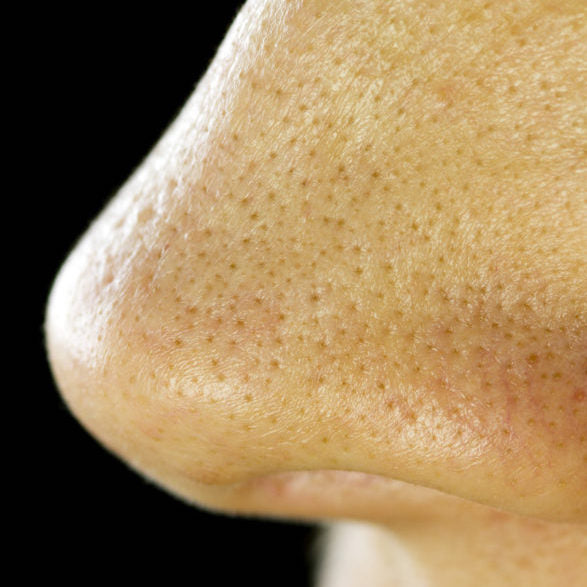
Sebaceous Filaments vs. Blackheads: What’s The Difference?
Those dark dots on your nose aren't necessarily acne — Dr. Pimple Popper explains.
Published:
4 minute read
If you’ve never heard the term sebaceous filaments before, you’re not alone. Even though they're a perfectly normal part of healthy skin function, these tiny structures are often mistaken for blackheads. To sort out the difference between blackheads and sebaceous filaments — and learn how to treat them — we asked dermatologist and SLMD Skincare founder, Sandra Lee, MD (aka Dr. Pimple Popper).
Article Quick Links
What are sebaceous filaments?
These are tiny, thread-like structures within the pores. We’ve covered pores in-depth, but let’s review: your skin is covered in them. Also known as hair follicles, these pores contain a very fine vellus hair (aka peach fuzz) and a sebaceous gland.
In case you missed our TMI guide, your sebaceous glands produce sebum: your skin’s natural oils (aka face grease). The oil — a mixture of triglycerides, wax esters and squalene — is released deep within the pore to act as a lubricant and moisturizer on the surface of the skin.
What’s more, says Dr. Lee, the lining of your follicles consists of skin cells called keratinocytes that are regularly shedding. “These dead skin cells combine with sebum and travel up the vellus hair until they reach the opening of the hair follicle and exit the pore,” she says. “This is how a typical pilosebaceous unit — that’s the follicle and the oil gland — functions.”
That mixture of sebum and skin cells makes up a sebaceous filament.
How are sebaceous filaments and blackheads different?
Sebaceous filaments and blackheads can look very similar, but they’re not the same thing. While both consist of sebum and dead skin, sebaceous filaments help oil flow seamlessly to the skin’s surface. They become visible when your skin produces too much sebum.
Blackheads form when there’s an excess not just of sebum but of dead skin cells, too. Sticky keratinocytes mixed with oil can form a plug, blocking the pore’s opening. The melanin in the dead skin oxidizes when exposed to air, and a blackhead results.
According to Dr. Lee, here’s how to tell if you’re dealing with blackheads or sebaceous filaments:
- Color. Blackheads are black (hello) or very dark brown, while sebaceous filaments range from white/yellow to tan or gray.
- Size. Typically, sebaceous filaments remain tiny dots, while blackheads can grow larger (averaging 1–2 mm) if not extracted.
- Texture. Blackheads often feel slightly raised due to the plug at the skin’s surface. Sebaceous filaments, on the other hand, are generally flat.
- Frequency. Blackheads are a type of acne that can be extracted and healed. Sebaceous filaments can also be extracted, but they come back, since they’re part of your skin function.
Dr. Pimple Popper's Sebaceous Filament & Blackhead Picks

Sebaceous filaments are thread-like structures that appear like dots on the skin.
What does a sebaceous filament look like?
For many people, sebaceous filaments will never become super noticeable — only becoming visible when the lining of your pore fills up with sebum. But if you have oily skin or enlarged pores (from aging or environmental damage, for example), sebaceous filaments can become more visible.
They appear like tiny, flat dots on the skin, particularly in oily areas like the nose, chin and cheeks. The color of sebaceous filaments can vary from fairly transparent to white, yellow, tan, brown or gray. In case you’re wondering, yes: the whitish worms that you can squeeze out of the pores on your nose are sebaceous filaments.
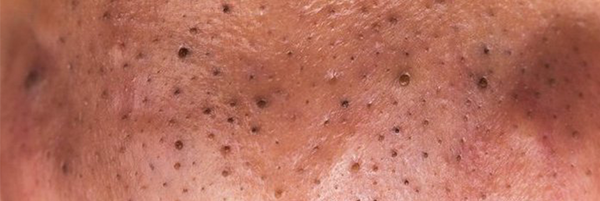
Blackheads like these are a type of acne, whereas sebaceous filaments are not acne.
How do you treat blackheads and sebaceous filaments?
Because they’re made up of the same things (dead cells and sebum), treatments for blackheads and sebaceous filaments overlap. While there are a variety of options for dealing with a buildup of dead skin and oil, Dr. Lee shares a note of caution: “Please, try not to pick or squeeze your pores,” she warns. “If you can’t resist, make sure you use a sterilized comedone extractor and NOT your fingernails, which can damage your skin.”
Here are Dr. Pimple Popper’s tips (and her SLMD skincare picks) for treating blackheads and sebaceous filaments:
- Cleanse. Washing your face twice a day with a cleanser designed for oily/acne-prone skin will help mitigate buildup in the pores. Her fave is Salicylic Acid Cleanser, because it contains oil-soluble beta hydroxy acid capable of penetrating deep into pores.
- Exfoliate. Using a chemical exfoliant regularly can help reduce both oil buildup and slough off pore-clogging dead skin cells. Look for products that contain both AHAs and BHAs, like AHA/BHA Swipes.
- Mask. Applying a leave-on treatment to draw impurities out of the pores can treat both blackheads and sebaceous filaments.
- Spot treat. Leave-on salicylic acid treatments can work for both comedones and sebaceous filaments, but be careful that you don’t over-exfoliate, which can damage skin. Try: SA Acne Spot Treatment.
- Retinol. Vitamin A derivatives like retinol help regulate skin cell turnover, preventing excess buildup within pores. Try: Retinol Resurfacing Serum.
- Sunscreen. UV damage can lead to enlarged pores, which makes sebaceous filaments more noticeable. Use a broad spectrum sunscreen daily. Try: Daily Moisturizer with SPF 15.

Dr. Lee's Last Word
I know a lot of people don’t even realize there’s a difference between blackheads and sebaceous filaments. Both result from an excess of sebum, which we treat primarily with salicylic acid — and retinol helps, too. Squeezing your pores can lead to scarring or infection, so start with skincare, and see your dermatologist if your pores are really bothering you.
